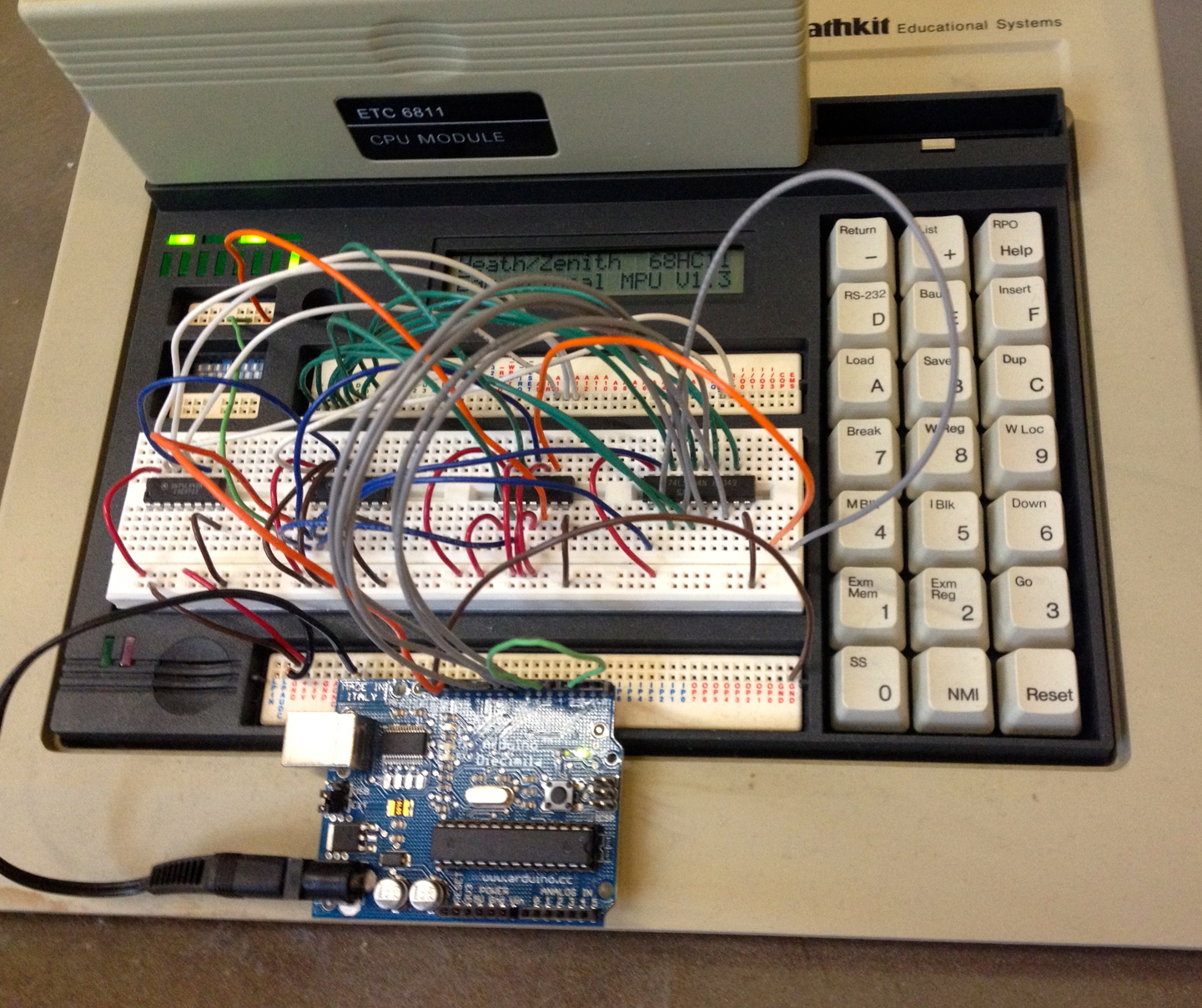Difference between revisions of "CSC103 Weekly Schedule Fall 2012"
(→Weekly Schedule) |
|||
| (4 intermediate revisions by the same user not shown) | |||
| Line 218: | Line 218: | ||
---- | ---- | ||
| − | * [[CSC103 Homework 4 Fall 2012 | Homework #4]][[CSC103 Homework 4 Solutions Fall 2012| | + | * [[CSC103 Homework 4 Fall 2012 | Homework #4]] and [[CSC103 Homework 4 Solutions Fall 2012 | solutions]] |
|| | || | ||
* Reading | * Reading | ||
| Line 248: | Line 248: | ||
* '''Thursday''': | * '''Thursday''': | ||
** [[CSC103 Processing Lab | Processing lab]][[CSC103 Processing Lab: Solution Sketches|.]] | ** [[CSC103 Processing Lab | Processing lab]][[CSC103 Processing Lab: Solution Sketches|.]] | ||
| − | **''' | + | **'''[[CSC103 Take-Home Final Exam Fall 2012|Take-home Final Exam.]]''' and [[CSC103 Final Solutions Fall 2012 | Solutions]] |
---- | ---- | ||
* | * | ||
| Line 261: | Line 261: | ||
* '''Tuesday''': | * '''Tuesday''': | ||
** Final Exam Q&A | ** Final Exam Q&A | ||
| + | ** [http://cs.smith.edu/dftwiki/images/CSC103ExponentialLawsMooresLaysAndKurzweil.pdf Introduction to Exponential Laws, Moore's Law, and Ray Kurzweil] | ||
** Quiz & Discussion of two papers on the concept of ''Singularity'': | ** Quiz & Discussion of two papers on the concept of ''Singularity'': | ||
*** [http://cs.smith.edu/~thiebaut/research/singularity/ieee_spectrum__signs_of_the_singularity.pdf Signs of the Singularity] by Vernor Vinge. | *** [http://cs.smith.edu/~thiebaut/research/singularity/ieee_spectrum__signs_of_the_singularity.pdf Signs of the Singularity] by Vernor Vinge. | ||
*** [http://cs.smith.edu/~thiebaut/research/singularity/ieee_spectrum__can_machines_be_conscious.pdf Can Machine Be Conscious?], Christof Koch and Giulio Tononi. | *** [http://cs.smith.edu/~thiebaut/research/singularity/ieee_spectrum__can_machines_be_conscious.pdf Can Machine Be Conscious?], Christof Koch and Giulio Tononi. | ||
| + | |||
---- | ---- | ||
* | * | ||
|| | || | ||
| − | * Reading | + | * Reading/viewing |
| + | ** And if you think the idea of the singularity is interesting and want to see how somebody pushes the idea even farther, watch this [http://www.ted.com/talks/susan_blackmore_on_memes_and_temes.html TED talk by Susan Blackmore]! | ||
|} | |} | ||
Latest revision as of 09:05, 31 October 2012
--D. Thiebaut 12:05, 21 August 2012 (EDT)
Office Hours: Tu-Th: 2:00-4:00 p.m. and by appointment.
Weekly Schedule
| Week | Topics | Reading | ||||||
| Week 1 9/6 |
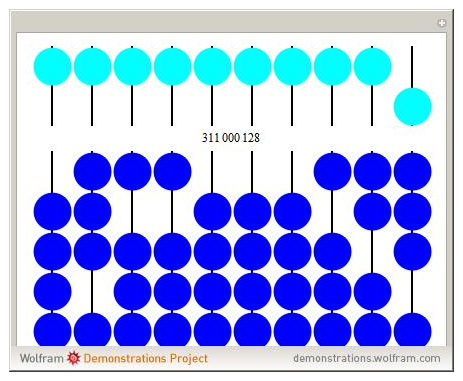
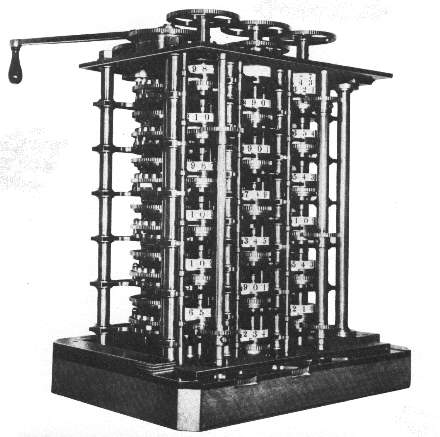
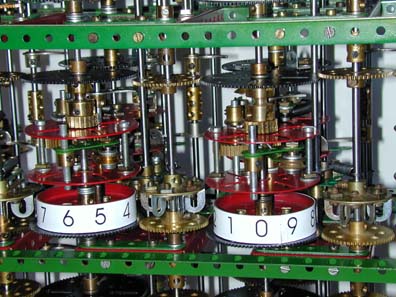
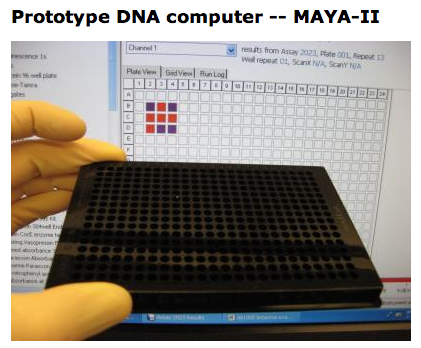
 Antikythera mechanism, oldest computer
(start at 1min 47sec)
 Harvard research: 1.8 zettabytes in 4 grams of DNA
|
| ||||||
| Week 2 9/11 |
|
| ||||||
| Week 3 9/18 |
|
| ||||||
| Week 4 9/25 |
|
| ||||||
| Week 5 10/2 |
|
| ||||||
| Week 6 10/9 |
|
| ||||||
| Week 7 10/16 |
|
| ||||||
| Week 8 10/23 |
|
|
References
- ↑ Bell Labs digital guru dead at 84 — Pioneer scientist led high-tech revolution (The Star-Ledger, obituary by Kevin Coughlin 27 February 2001)
